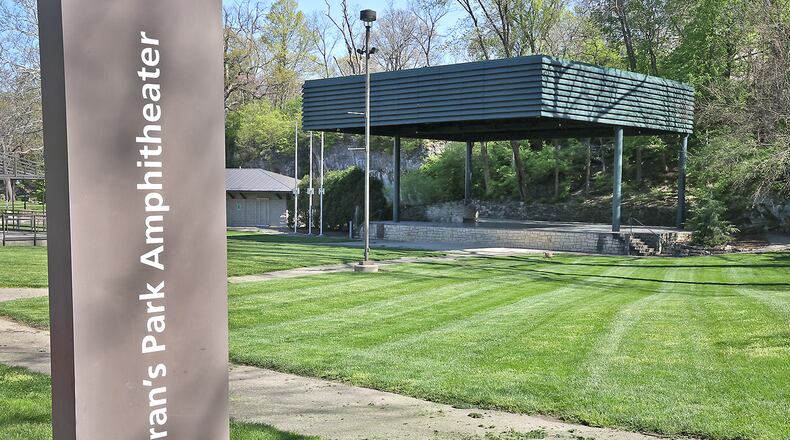The Summer Arts Festival will return to downtown Springfield in July in a modified form due to coronavirus safety precautions.
The Springfield Arts Council (SAC) has spent the past few months working out how to safely present the variety of entertainment that has been a community tradition since 1967. The festival was canceled in 2020 due to the pandemic.
This year’s Festival will run July 1-24, offering 18 events. While previous years saw 23-25 events over six weeks, Springfield Arts Council Executive Director Tim Rowe said the decision to begin later was to avoid conflicting with other summer events.
“We’ve been in discussions since January with our board and staff in working to be respectful of the health concerns with assembling people in the park,” he said. “How the audience will attend will be different. It will be more about respecting everyone’s safety while doing our mission of bringing the arts to the community. How we do that may not look like the festival we’ve done in the past.”
Festival rules have always allowed the public to set up their lawn chairs or blankets beginning at 6 a.m. the day of a show. That will continue, but that’s also where new limitations will be in place.
There will be a limit of 10 seats or fewer for household groups of people who are family or know each other and these groupings will be spaced six feet from other patrons. Mask usage will be required when not seated.
There could also be potentially longer waits as fewer people can work the concession stands or visiting the restroom with social distancing guidelines maintained.
Originally, venues were only allowing audiences at 30 percent capacity. Rowe said it was a blessing that Ohio Gov. Mike DeWine lifted that requirement earlier this month.
“But we will still need to follow safety guidelines,” Rowe said. “We’re exploring gridding off seating areas for no more than 10 people. We’re still talking about how we can do it.”
Modifications will be made up until the first show. Another potential measure could be doing free tickets that festival-goers will need to print or upload to attend.
The main challenge in scheduling the festival has been getting artists. Rowe said seven of this year’s were contracted to appear in 2020; due to contracts that haven’t been finalized, the SAC will release the list of Festival performers and dates in May.
Some artists are still reluctant to commit to performances, along with Canadian performers who can’t enter the country due to closed borders. In other cases, some artists try to book shows in an area they can play several dates in, although one act will be traveling 10 hours to play here according to Rowe.
Another factor is since this festival is in a public park, bigger acts can’t be booked as it doesn’t fall under the outdoor concert guidelines as there is no fixed seating. Rowe is finding other presenters in Ohio and Indiana who do similar festivals are experiencing similar challenges and doing smaller versions of their usual seasons.
As SAC staff will continue to make modifications over the next two months, people are encouraged to frequent the SAC’s social media pages to get the latest updates.
“We’re trying to look at this as a positive thing being able to offer live entertainment in the park this summer. I’m counting on our patrons to observe these limitations to enjoy this and we have every confidence in 2022 we will be back at it like gangbusters,” Rowe said.
About the Author
